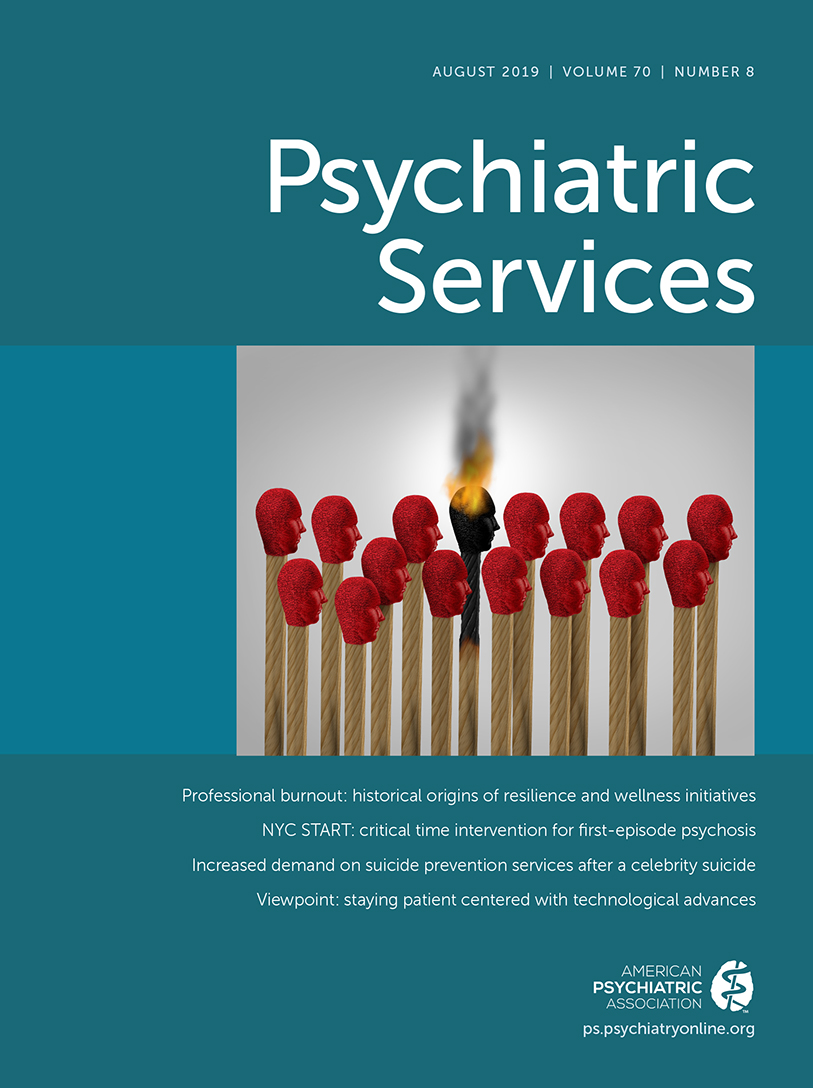Associations Between Physical Health Limitations and Community Participation Among People With and Without Serious Mental Illnesses
Abstract
Objective:
Research has suggested that individuals with serious mental illnesses are not as physically healthy as the general population and are more likely to experience physical illnesses such as diabetes, obesity, and cardiovascular and respiratory diseases. Less is known about how physical health may be related to community participation among individuals with serious mental illnesses, although research with adults in the general population has suggested strong negative associations between health impairments and engagement in a variety of activity domains.
Methods:
In this study, the authors drew from two national data sets to examine the relationship between physical health impairments and community participation among 300 participants with serious mental illnesses and 300 participants without serious mental illnesses.
Results:
For participants in both groups, physical health concerns and use of mobility aids were associated with lower reported rates of community participation.
Conclusions:
Findings shed light on the complex association between physical health impairments and community participation while also suggesting the need to focus on other potential barriers to participation among individuals with serious mental illnesses.



